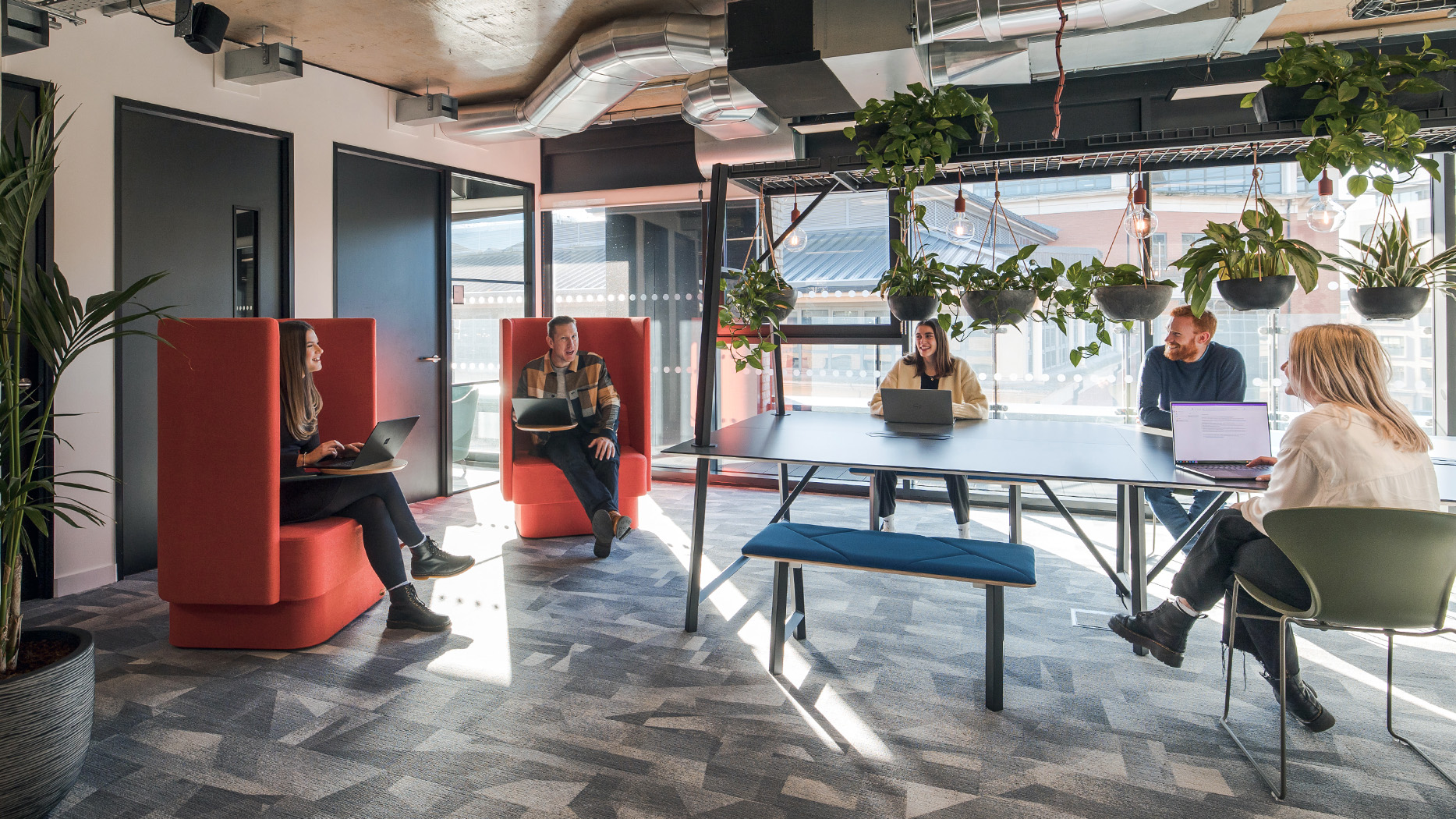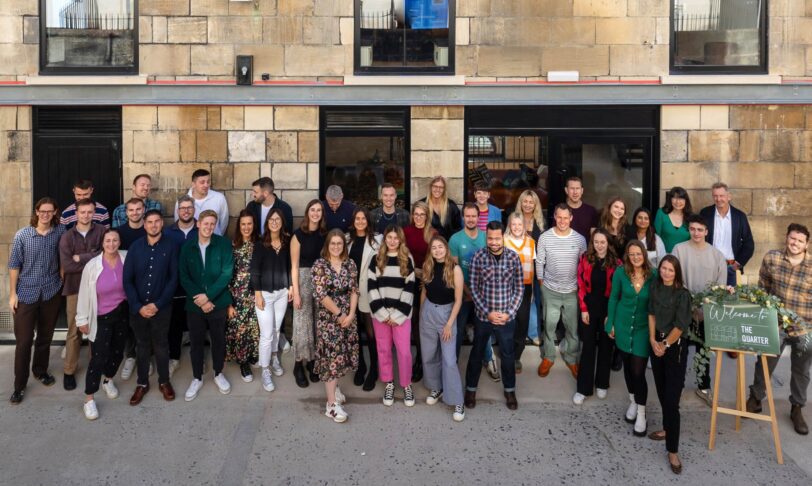Return-to-office mandates: are companies getting them right?
Four years later, the shifts and disruptions caused by COVID-19 continue to make waves. After the advent of hybrid working, more companies have decided to call for employees to return to the office, otherwise known as a ‘return to office’ (RTO) mandate. Many of those who have opted for this course of action are grappling with how to bring employees back to the office while balancing flexibility, employee satisfaction and productivity. But are companies getting their RTO strategies right, or are they pushing too hard and risking losing top talent in the process?
In July 2024, a survey by Bamboo HR revealed that some executives hoped RTO mandates would prompt “voluntary turnover,” highlighting a significant misalignment between leadership goals and employee needs. Return-to-office policies, if not handled thoughtfully, can alienate staff and lead to disengagement or even resignations.
So, how can businesses implement RTO mandates without triggering negative outcomes? In this article, we’ll be running through the potential benefits and risks of RTO mandates with a fine tooth comb. Hopefully you’ll find that with our input, you can make your return-to-office strategies people-centric, offering employees much more than just a bare desk to return to.
What has the impact of RTO mandates been?
As companies push for a return to in-person work, some are encountering resistance from employees who have grown accustomed to the flexibility that’s part and parcel of working fully remotely. Some businesses see RTO mandates as a way to restore pre-COVID “normalcy” and boost productivity, while others, like those surveyed by Bamboo HR, see it as an opportunity to nudge disengaged employees to leave.
However, using RTO mandates to encourage turnover is a risky and shortsighted strategy. It not only undermines employee morale but can create a toxic work culture that prioritises company convenience over employee wellbeing. Those employees who do choose to stay may feel resentful or less motivated. Ultimately, such tactics can lead to higher long-term costs due to talent loss and a damaged company reputation.
In contrast, companies that focus on making the office a desirable place to work are likely to see better outcomes. In essence, the office needs to offer something tangible and enriching that people simply cannot get at home. This is the hallmark of a ‘destination workplace’, which comprises an environment that bolsters cohesion, productivity and employee wellbeing.
What are the pros, cons and risks of RTO mandates?
Like any workplace policy, RTO mandates come with their own set of advantages, drawbacks and risks. Let’s break these down:
Pros of RTO mandates:
- Enhanced collaboration and innovation: Many industries view in-person collaboration as pivotal to fostering creativity and innovation. This is because the type of spontaneous and dynamic interactions commonly associated with creativity are arguably more difficult to replicate online.
- Cultural cohesion: Offices serve as a hub for company culture. Casual conversations, team-building activities and sharing communal spaces reinforce a sense of belonging that may not always be achievable in remote work settings.
- Improved learning and mentorship: For junior employees or new hires, being in the office offers invaluable learning opportunities. They can observe senior colleagues, ask off-the-cuff questions and integrate more easily into the company culture.
Cons of RTO mandates:
- Increased employee dissatisfaction: Forcing employees back into the office, particularly those who value flexibility, can lead to dissatisfaction. A Gallup survey in 2023 found that employees who were forced to return full-time were 55% more likely to feel disengaged than those who worked in hybrid models.
- Loss of top talent: One of the most significant risks of RTO mandates is the potential for losing top talent. At a time where employees have more leverage than ever, a rigid return-to-office policy can drive them to seek out companies that offer greater flexibility.
- Work-life imbalance: Many employees have reorganised their lives around remote work. A mandated return to the office can disrupt this balance, potentially leading to stress or burnout.
Risks of RTO mandates:
- Voluntary turnover: As highlighted by the Bamboo HR survey, companies that see RTO as a means of encouraging turnover are likely to suffer from higher attrition rates.
- Resistance and resentment: Employees forced back to the office may comply, but resentment can lead to lower productivity and disengagement. In extreme cases, this can escalate to a toxic work culture where employees feel unappreciated and undervalued.
- Decreased employee wellbeing: Returning to the office without addressing employee wellbeing can negatively impact mental health. Companies must acknowledge the drastic shift in traditional working styles and the fact that people likely value flexibility, autonomy and work-life balance more than ever before.
Strategies for creating people-centric RTO mandates
What does it mean to put people first when deciding on an RTO mandate? Very basically, to place yourself in their shoes while also maintaining what makes the most sense for your business. Here are some strategies to ensure your RTO mandate works for both your business and your employees:
Considering flexible hours
Most remote workers will have honed a unique routine to ensure a fulfilling work-life balance. They may feel that returning to the office will cause disruption without proper consideration of their needs or preferences – especially if they’re expected to spend more days in the office than they did previously (which is the case for 70% of business leaders surveyed by ResumeBuilder).
The demand for remote work is here to stay, so it’s imperative that companies offer flexible hours as part of a hybrid work model. This means employees can maintain control over their schedules, regardless of whether they’re working in the office or from home. The extent to which this can fortify trust in RTO mandates cannot be underestimated.
Aligning RTO mandates with corporate culture
An RTO mandate could lead to employee disengagement if it does not feel like a natural and authentic extension of a company’s culture. People who have traditionally been trusted to be self-motivated and autonomous mustn’t get the impression that they’ll be micromanaged in the office. To mitigate this, maintain a results-driven culture so that you’re focused on outputs and accomplishments rather than splitting hairs measuring productivity across in-office and remote teams.
Given how they’ve been used by companies to conceal their desire for voluntary turnover, RTO mandates must be based on a culture of transparency. Leaders should be able to clearly explain the rationale of an RTO mandate, as well as how they plan to achieve the goals of getting people back in the office. For example, how do they plan to build bridges across on-site and remote teams? What metrics will they be using to evaluate the success of the RTO mandate?
These are the types of questions people will ask to understand how returning to the office makes sense with the company’s long-term goals.
Handling backlash and pushback
It’s worth re-emphasising that having employees back in the office can make them feel more engaged and unified, as well as maximising opportunities for bonding and shared learning. However, companies need to acknowledge that for some people, working remotely is much better suited to their needs and requirements.
Those who don’t accept the call back to the office mustn’t be perceived as difficult for the sake of it. Instead, they need to be engaged with and their feedback needs to be taken on board. Not only does this help create a sense of mutual understanding, but it also allows leaders to assure workers that those who do choose to return to the office won’t be subject to preferential treatment or prioritised over remote workers.
Reviewing office design
Enhancing the office environment with wellbeing in mind (incorporating features such as biophilic and ergonomic design) can make the workplace somewhere people genuinely want to be. Collaborative areas and thoughtful design tailored to individual needs—whether that’s quiet spaces or dynamic open-plan zones—can further inspire creativity and inclusivity, encouraging employees to thrive in an office setting that caters to everyone.
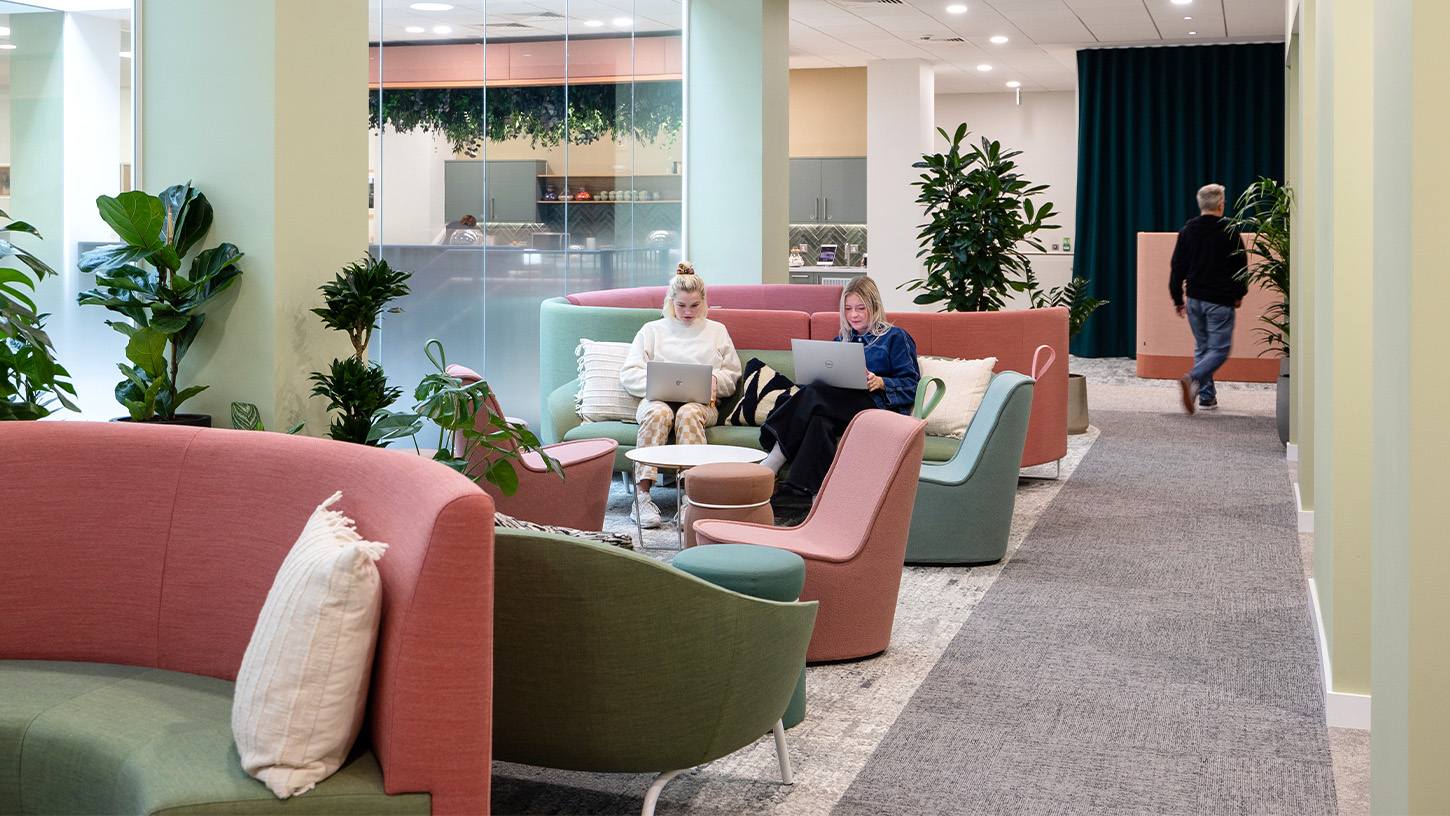
Encouraging people back to the office with a destination workplace
While some companies may see RTO mandates as a challenge to overcome, it can be an opportunity to craft better workplaces. These are office spaces designed not only to accommodate work but to inspire creativity, boost collaboration and champion wellbeing. In essence, they provide a compelling reason for employees to want to come back to the office.
1. Using office design to enhance collaboration
A key aspect of a destination workplace is the design of spaces that naturally encourage collaboration. Open and broken-plan spaces with flexible seating arrangements, integrated tech solutions and communal breakout areas can support spontaneous conversations and team brainstorming sessions. Creating modular spaces with movable walls or furniture also allows teams to easily adapt their environment to suit their collaborative needs.
2. Fostering a strong workplace experience
Another essential element in creating a destination workplace is focusing on the overall workplace experience. This includes everything from physical design to the services and amenities offered to employees. A great workplace experience caters to the diverse needs of employees, ensuring they have the tools and environment they need to do their best work.
Features like wellness rooms, on-site gyms and recreational areas enhance work-life balance, making the office more than just a place to work but also a place to recharge and relax. By designing spaces that prioritise employee comfort and health, companies create an office environment that people actually look forward to spending time in.
3. Designing for neurodiversity
Designing for neurodiversity caters to individuals who may think, work or process information differently from neurotypical employees. By creating spaces that are quiet, calm and sensory-friendly, companies can ensure that all employees are supported.
Quiet zones, noise-cancelling pods or even different lighting options can make a world of difference for employees with sensory sensitivities. Offering a variety of workspaces allows individuals to choose the environment that best supports their productivity and comfort.
4. Inclusive office design
Diversity and inclusivity should be at the forefront of any modern office space, highlighting the importance of designing workplaces that cater to individuals with a range of physical abilities and needs. Inclusive design ensures that everyone feels welcome and able to contribute, regardless of their background or physical ability.
This could include incorporating adjustable desks, ramps and wide doorways, as well as ensuring that technology is accessible to everyone. In essence, inclusive office design is about removing barriers so that all employees can feel comfortable and capable in the workspace.
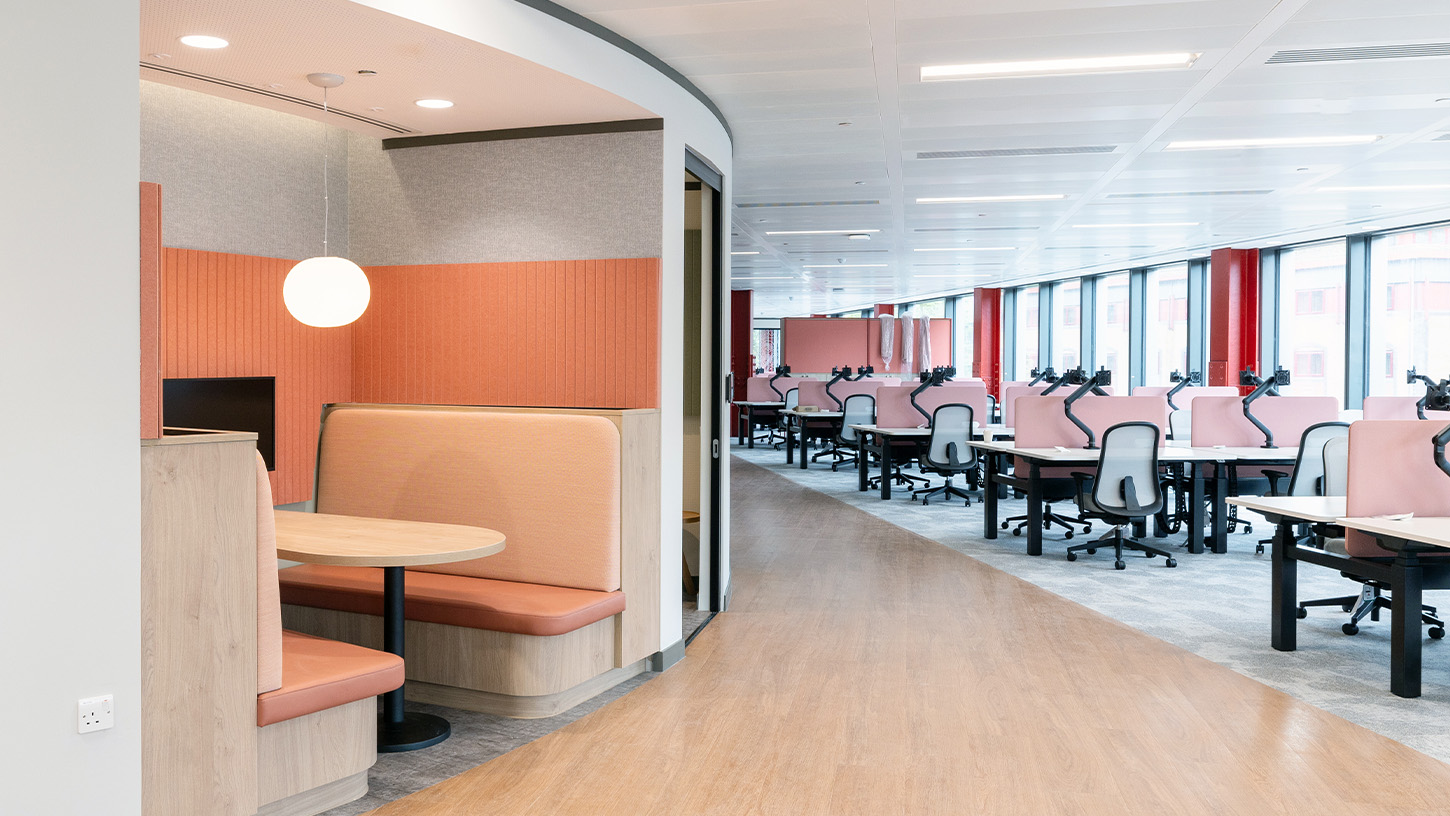
5. Flexible workspace design for hybrid models
A destination workplace should be adaptable, accommodating both in-office and remote work needs. Hybrid models are now more common and designing flexible workspaces allows employees to choose when and how they work best.
This can include offering hot desking options, private rooms for focused work or collaborative spaces for team meetings. By creating an office that seamlessly integrates with remote work technology and is equipped to handle both individual tasks and group projects, companies can foster a flexible and dynamic work environment that supports productivity and collaboration.
6. Optimising for productivity with thoughtful design
Office design is critical for productivity and giving ample consideration to factors such as lighting, acoustics and layout can lead to sustainable gains in employee performance and efficiency.
For example, natural light has been shown to improve mood and reduce fatigue, while proper acoustics can minimise many distractions that affect employees’ ability to focus.
Optimising the layout of the office to reduce noise in individual workspaces, while creating vibrant, collaborative areas elsewhere, strikes the right balance for productivity. Ergonomic furniture, adjustable desks and smart technology integrations also contribute to a workspace that supports employee wellbeing and performance.
7. Prioritising wellbeing in office design
Workplace wellbeing is a business imperative and while it may seem vague to the uninitiated it has very specific intentions and results. From quiet reflection rooms to health-conscious amenities like gyms, wellness should be built into the fabric of the workplace. It incorporates physical, mental and emotional health, relationships and personal fulfilment. It’s an ongoing process, rather than a static state, which requires integration and not just adding a few comfy chairs and a ping-pong table, for instance.
Designing spaces that promote movement or incorporating biophilic elements and natural light can enhance wellbeing and reduce stress. The end result is a calming yet inspiring environment that encourages employees to return to the office not because they have to, but because it’s a place where they genuinely feel happy and at ease.
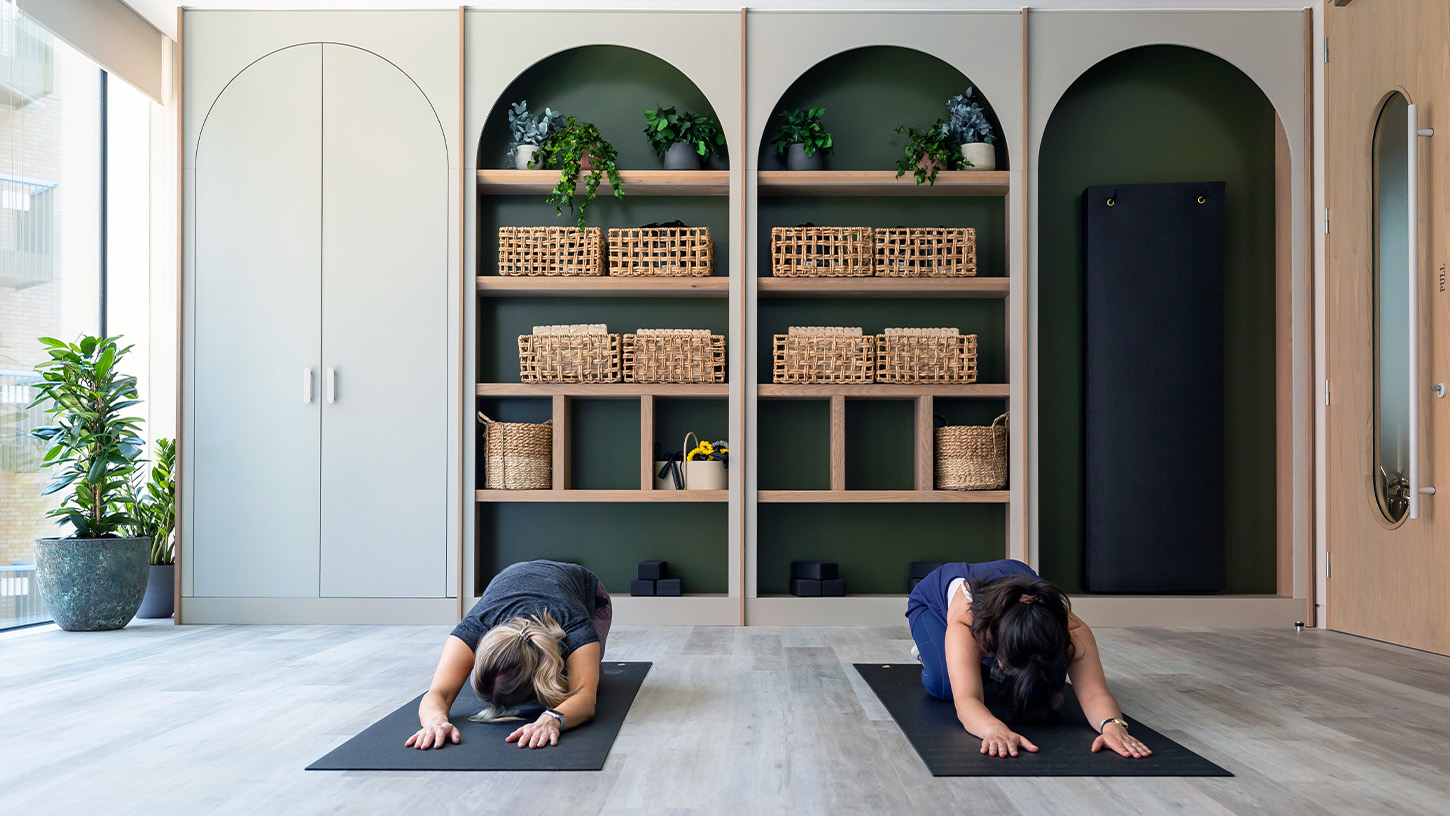
8. Designing a hybrid workspace
Our article on designing a hybrid workspace provides a framework for how companies can balance flexibility with collaboration. These hybrid spaces can be equipped with technology that makes remote collaboration seamless, such as video conferencing rooms, digital whiteboards and cloud-based collaboration tools.
In addition, hybrid workspaces should include quiet areas for individual focus alongside vibrant social hubs for meetings and teamwork. The idea is to provide employees with a choice in how and where they work, accommodating both their need for social interaction and their desire for flexibility.
9. Motivating rather than mandating
Instead of implementing a one-size-fits-all approach, companies must ensure each person gets the most out of returning to the office – whether that’s in terms of tailoring schedules for flexibility or incorporating individual needs and preferences into workplace design. This is going to give people legitimate motivation to return to the office, rather than having them feel forced to give up working remotely.
Additionally, leaders should take active steps to lessen the impact of RTO mandates on people’s day-to-day lives. Examples range from subsidising commuting or a cycle-to-work scheme to providing childcare vouchers to alleviate the stress of re-arranging family commitments. This will ensure that businesses realise the benefits of returning to the office while also being as accommodating as possible to their employees’ unique needs and preferences.
This will emphasise to people that their employers have their best interests at heart when asking them to return to the office.
Return-to-office mandates don’t have to be a cause for conflict or concern. When companies invest in creating destination workplaces that enhance collaboration, cater to diverse needs and prioritise wellbeing, employees will naturally gravitate back to the office.
As a leading office design and fit-out company, Interaction understands that office design isn’t just about providing a physical space but creating an environment that inspires, motivates and supports your workforce. Through thoughtful, inclusive design and a commitment to flexibility, we can help companies transform their offices into destinations where people genuinely want to be.
Want to find out more? Click here to say hello to Interaction! Alternatively, for industry news and insights, sign up to our newsletter or download one of our whitepapers.
